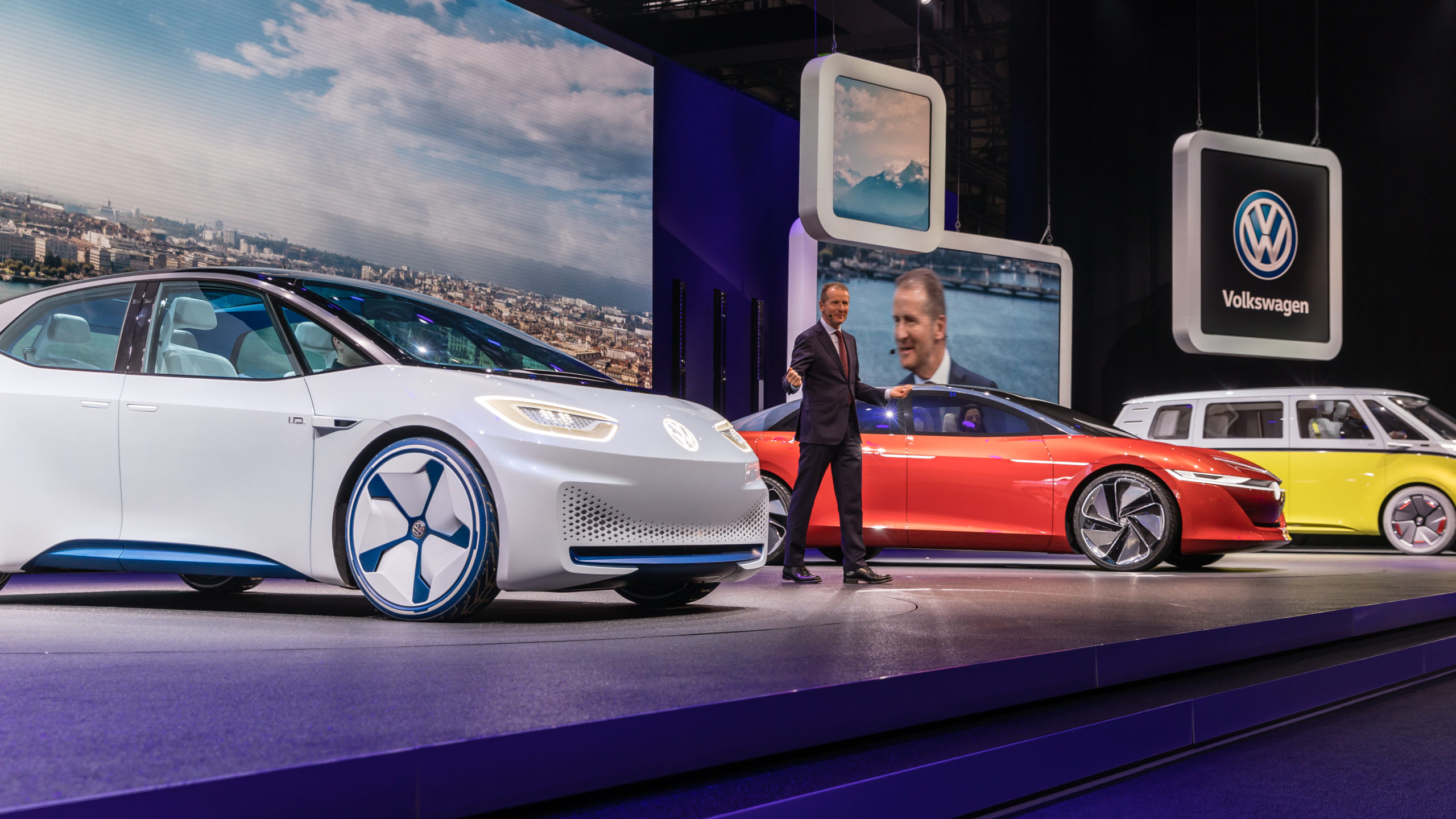
The automotive graveyard is littered with once-mighty brands that ruled the roads, dominated showrooms, and inspired countless Sunday afternoon garage sessions. These car companies were once cultural institutions that defined generations, sparked rivalries, and occasionally made decisions so baffling that we’re still scratching our heads decades later. From muscle car heroes to compact car zeros, luxury legends to economy experiments gone wrong, the automotive industry has seen more comebacks and catastrophic failures than a Vegas lounge singer.
Rev up your curiosity as we steer through the fascinating stories of trailblazing automakers that once turned heads but ultimately disappeared from the road. Once upon a time, American roads were filled with the bold dreams of automakers whose names have since faded into obscurity. These car brands didn’t just build vehicles—they pushed boundaries, introduced revolutionary features, and dared to challenge the status quo.
Despite their innovative spirit, they ultimately disappeared, leaving behind stories of ambition, ingenuity, and what could have been. We’re here to dive deep into the annals of automotive history to explore some of the most influential American car brands that, despite their groundbreaking contributions, simply vanished. So grab your favorite beverage, settle into that creaky garage chair, and let’s take a trip through the automotive afterlife. These are the brands that once made hearts race and wallets empty — and the often sad yet hilarious stories of how they managed to mess it all up.
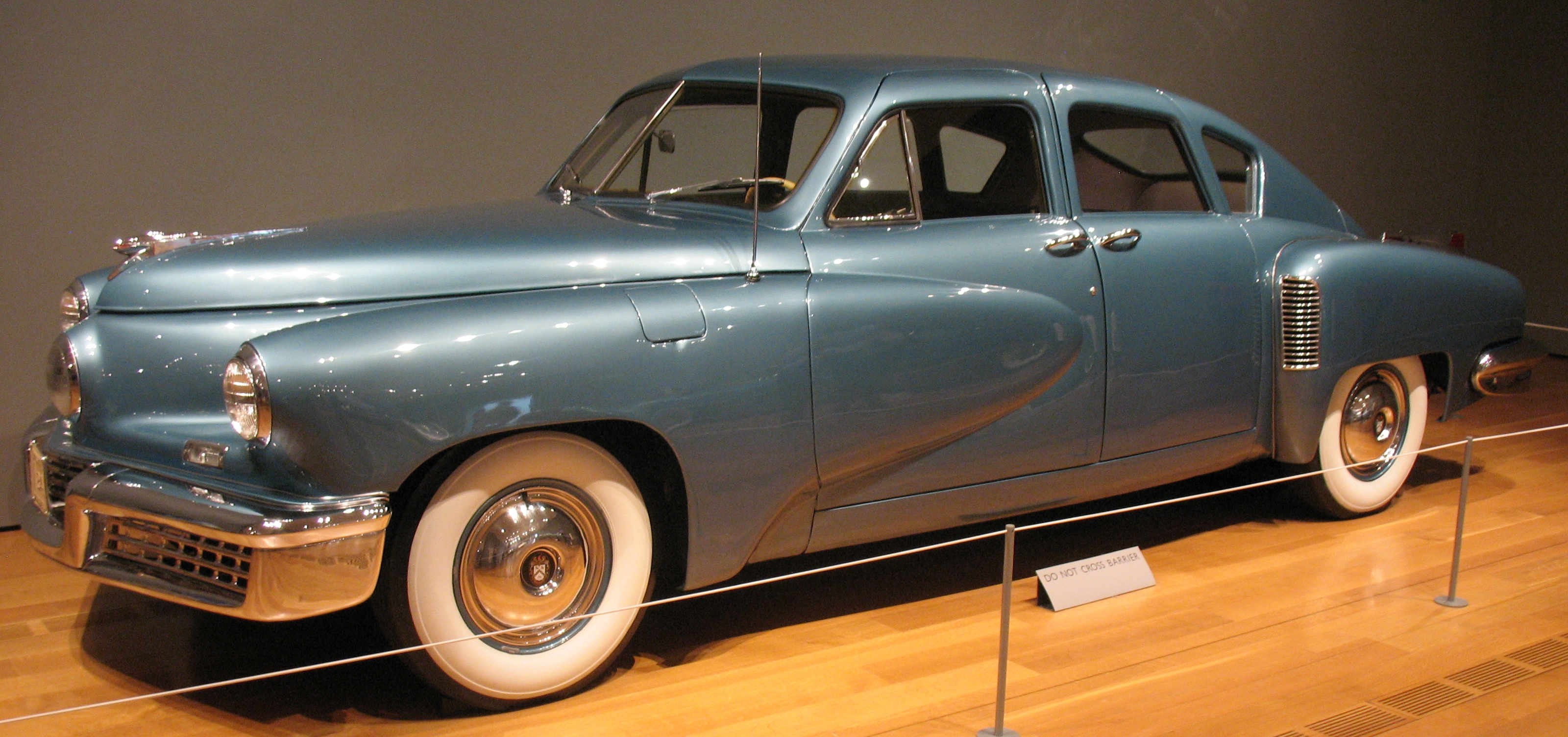
1. Tucker: The Car That Was Years Ahead of Its Time
In the late 1940s, the automotive world was captivated by a visionary newcomer: the Tucker 48, often referred to as the Tucker Torpedo. This remarkable vehicle, according to Smithsonian Magazine, was truly ahead of its time, boasting a suite of futuristic features that set it apart from anything else on the road. From its rear-mounted engine to its innovative perimeter frame designed for superior crash protection, the Tucker 48 was engineered with safety and advancement at its core.
Perhaps its most distinctive and talked-about feature was the third “cyclops” headlight, ingeniously designed to pivot with the steering wheel. This meant that as the driver turned, the headlight illuminated the path ahead, greatly enhancing visibility around corners. Preston Tucker’s overarching mission was clear: to create the safest and most technologically advanced car of its era, a goal that immediately drew both fervent fans and cautious skeptics.
However, Tucker’s radical and groundbreaking ideas put him directly at odds with the established Detroit automakers. The existing industry giants, perhaps threatened by such innovation, presented a formidable challenge. This opposition, coupled with a complex mix of political and financial hurdles, ultimately proved too great for the nascent company to overcome. The dream was tragically cut short, leading to the company’s downfall after an incredibly limited production run of only 51 cars.
Despite its brief existence, the Tucker brand has cemented its place as an enduring icon of American automotive ambition. Its legacy is not just about the cars it produced but about the daring spirit of innovation it embodied. Even today, the Tucker 48 is celebrated for its revolutionary design and its audacious challenge to the automotive status quo, symbolizing what could have been if innovation had triumphed over industry resistance.
Read more about: I Miss These: 15 Iconic American Car Brands That Vanished From Our Roads

2. Cord: Art Deco Innovation on Wheels
Cord made an indelible mark on automotive history, particularly in the 1930s, with its strikingly beautiful Art Deco aesthetics and cutting-edge technology. Models like the Cord 810 and 812 were instantly recognizable, standing out in a crowded market not just for their stunning looks but also for their groundbreaking engineering. Hagerty notes that these vehicles introduced features that were truly revolutionary for their time, such as front-wheel drive and innovative retractable headlights.
Imagine the sophistication of a car in the 1930s with headlights that seamlessly disappeared into the fenders when not in use. This level of design and technological prowess distinguished Cord as a brand committed to pushing boundaries. Their vehicles were not merely modes of transport; they were mobile works of art, blending form and function in a way few others dared to attempt.
Unfortunately, even exceptional design and engineering couldn’t shield Cord from the harsh realities of the era. The immense financial troubles and the crushing economic pressures brought on by the Great Depression proved to be insurmountable obstacles. These external forces ultimately led to the brand’s demise in 1937, a year that marked the end of an era for this audacious automaker.
Today, Cord is rightfully celebrated by enthusiasts and historians alike as one of the most innovative and visually captivating automotive brands of its time. Its cars remain prized collectibles, testaments to a period when American ingenuity produced vehicles that were as much about artistic expression as they were about mechanical excellence, leaving behind a legacy that continues to inspire.
Read more about: I Miss These: 15 Iconic American Car Brands That Vanished From Our Roads

3. Packard: Luxury and Innovation in Every Detail
Emerging as an undisputed leader in American luxury, Packard set itself apart with a relentless commitment to engineering achievements and technological advancements. In the early 20th century, the brand became synonymous with opulence and meticulous craftsmanship, producing some of the most magnificent vehicles of its time. The Packard Twelve, for instance, exemplified advanced engineering and a level of refinement that few could match.
Packard consistently raised the bar for comfort and performance in the industry by introducing significant firsts. Among its notable innovations were production air conditioning, a luxury feature that was practically unheard of in its day, and the groundbreaking Ultramatic automatic transmission. These advancements didn’t just enhance the driving experience; they solidified Packard’s reputation as a true pioneer, a brand that consistently offered its affluent clientele the very best in automotive technology.
Despite these remarkable milestones and its storied reputation, Packard’s fortunes began to decline after World War II. The company found itself struggling to compete effectively with formidable rivals like Cadillac and Lincoln, as recalled by Ate Up With Motor. The post-war economic challenges, coupled with increasing market competition, placed immense pressure on the luxury marque.
A troubled merger with Studebaker, intended to rescue both brands, unfortunately failed to achieve its desired outcome. By 1958, Packard officially exited the automotive scene, leaving behind a rich and storied heritage of elegance, innovation, and uncompromising quality. Its disappearance marked the end of an era for a brand that had once defined American automotive luxury.
Read more about: I Miss These: 15 Iconic American Car Brands That Vanished From Our Roads

4. Hudson: Racing into the Future
Hudson carved out a significant reputation through its innovative designs and impressive engineering feats. The brand is particularly renowned for introducing the revolutionary “step-down” design in its 1948 Commodore model. As explained by Wikipedia, this unique architectural approach lowered the car’s center of gravity, which dramatically improved both handling characteristics and overall safety, offering a ride quality that was advanced for its time.
Beyond its innovative engineering on the road, Hudson also found considerable fame on the racetrack. The brand became a dominant force in NASCAR during the early 1950s, a testament to the robust performance and inherent capabilities of its vehicles, particularly models like the Hornet. Their success in competitive racing further cemented Hudson’s image as a brand that delivered both innovation and power.
Even with these inherent engineering strengths and a strong presence in motor sports, Hudson couldn’t withstand the industry’s rapid consolidation that characterized the mid-20th century. The automotive landscape was shifting dramatically, and smaller manufacturers faced increasing pressure to merge or be acquired. Hudson eventually merged with Nash-Kelvinator, forming American Motors (AMC) in 1954.
Following the merger, Hudson’s distinct brand identity gradually faded as AMC began to focus on developing and promoting its own lineup of vehicles. By 1957, the Hudson name disappeared from the market. Nevertheless, its legacy in racing and its contributions to design innovation continue to be remembered and appreciated by automotive historians and enthusiasts.
Read more about: I Miss These: 15 Iconic American Car Brands That Vanished From Our Roads

5. Oldsmobile: The Pioneer of the Automatic Transmission
Founded in 1897, Oldsmobile was a true trailblazer among American carmakers, establishing itself as a driving force behind several automotive breakthroughs. The brand was once the undisputed innovator of the automotive world, building the first mass-produced car, the Curved Dash Olds, and pioneering the assembly line concept that Henry Ford later perfected. According to Story Cars, Oldsmobile famously pioneered the automatic transmission, a feature that would become an industry staple, and introduced the powerful “Rocket” V8 engine in 1949, which set new standards for performance.
Oldsmobile’s muscle car credentials were, frankly, solid gold. The legendary 442, named for its 4-barrel carburetor, 4-speed transmission, and dual exhaust, was a formidable machine capable of embarrassing many European exotics, all while offering the practicality of carrying golf clubs in the trunk. The Cutlass Supreme, another iconic model, became the best-selling car in America for several years running, a testament to its widespread appeal and quality.
Yet, despite this incredible legacy of innovation and market success, Oldsmobile eventually struggled to maintain its unique identity. By the 1990s, the brand, perhaps desperately trying to shed its image as the automotive equivalent of sensible shoes, started selling rebadged Chevrolets and Pontiacs, leading to an increasingly confused customer base. This dilution of its distinctiveness meant it forgot what made it special.
GM’s attempts to resurrect Oldsmobile’s cool factor through models like the Intrigue, which was a decent car, arrived far too late to save the brand’s tarnished reputation. The brand ultimately succumbed to declining sales and General Motors’ evolving priorities, leading to its discontinuation in 2004 after an astonishing 107 years. It was a somber end to an era for a brand that had helped fundamentally shape automotive history, proving that even automotive royalty isn’t immune to corporate missteps.
Car Model Information: 2022 Buick Envision FWD Preferred
Caption: Oldsmobile Model R Curved Dash Runabout 1903
Name: Oldsmobile Curved Dash
Manufacturer: Oldsmobile
Production: 1901–1907, > 19,000 built
Successor: Oldsmobile Series 40
Class: Entry-level car
Assembly: Lansing Car Assembly,Lansing, Michigan
BodyStyle: Runabout (car)
Layout: Mid-engine design
Engine: 95 cuin
Abbr: Sfn
Transmission: Planetary gear
Aka: Model 6C,Model B,Model F,Model R
Categories: 1900s cars, All Wikipedia articles written in American English, All articles with dead external links, Articles with dead external links from April 2020, Articles with permanently dead external links
Summary: The gasoline-powered Oldsmobile Model R, also known as the Curved Dash Oldsmobile, is credited as being the first mass-produced automobile, meaning that it was built on an assembly line using interchangeable parts. It was introduced by the Oldsmobile company in 1901 and produced through 1907; 425 were produced the first year, 2,500 in 1902, and over 19,000 were built in all. When General Motors assumed operations from Ransom E. Olds on November 12, 1908, GM introduced the Oldsmobile Model 20, which was the 1908 Buick Model 10 with a stretched wheelbase and minor exterior changes.
Get more information about: Oldsmobile Curved Dash
Buying a high-performing used car >>>
Brand: Oldsmobile Model: Curved Dash Olds
Price: $19,985 Mileage: 59,144 mi.
Read more about: I Miss These: 15 Iconic American Car Brands That Vanished From Our Roads
6. Studebaker: From Wagons to Cutting-Edge Cars
Long before it ventured into automobiles, Studebaker made its initial mark as a highly successful wagon manufacturer in the 19th century, founded way back in 1852. This deep-rooted history in transportation gave the company a unique foundation. As it transitioned into automobile production in the early 1900s, Studebaker quickly became known for its incredibly distinctive and forward-thinking designs, truly setting it apart in the burgeoning automotive landscape.
The brand produced iconic vehicles like the bullet-nose Champion, a model that truly exemplified its innovative styling in the 1950s. Another standout was the Avanti, a particularly daring design that featured pioneering fiberglass construction and advanced engineering, as noted by The Detroit Bureau. These cars were not just modes of transport; they were statements of American creativity and craftsmanship, consistently pushing aesthetic and mechanical boundaries.
Nevertheless, Studebaker faced an uphill battle against immense pressures from financial instability and intense competition from Detroit’s formidable Big Three automakers. Despite its history of innovation and reliable vehicles, the company found it increasingly difficult to compete on an equal footing with the much larger and more resourceful giants of the industry. These challenges ultimately proved to be insurmountable, leading to mounting losses.
By the 1960s, these economic and competitive pressures led to the company’s inevitable closure in 1966. This marked the end of the legacy of a brand that had once proudly defined American creativity and craftsmanship, leaving behind a fascinating chapter in the evolution of automotive design and engineering. Studebaker’s story is a compelling reminder of the fierce challenges faced by independent manufacturers.
Read more about: I Miss These: 15 Iconic American Car Brands That Vanished From Our Roads
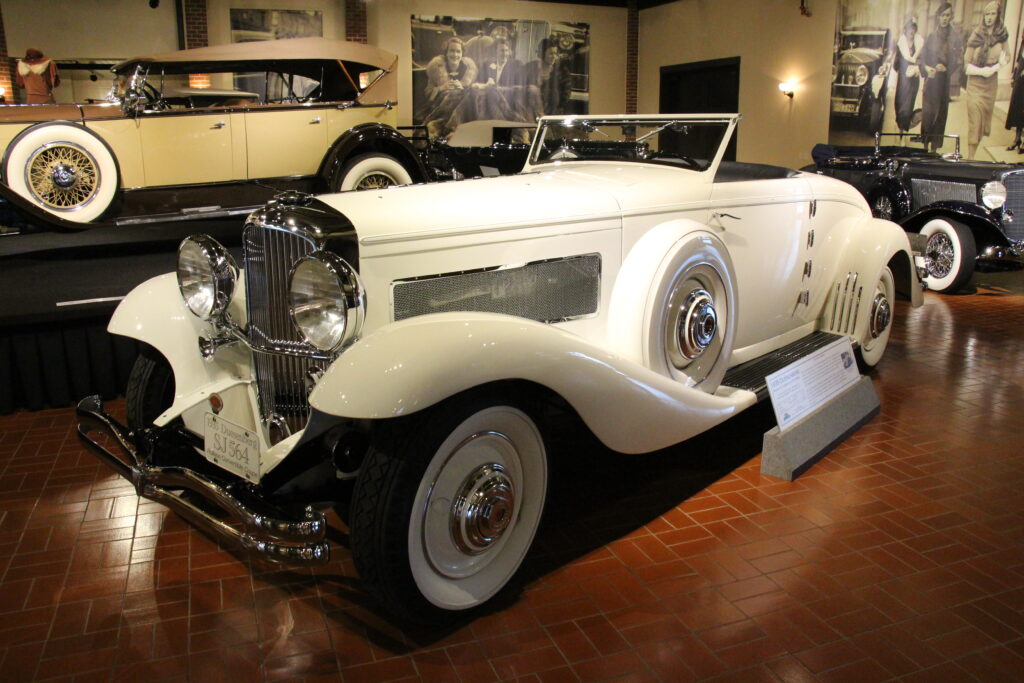
7. Duesenberg: The Pinnacle of American Luxury
During the roaring 1920s and the challenging 1930s, Duesenberg stood as the undisputed ultimate symbol of American luxury and unparalleled performance. Established in 1920, the brand didn’t just build cars; it crafted rolling masterpieces that catered to the absolute pinnacle of American society. Duesenberg vehicles, particularly models like the Model J, were the epitome of elegance and advanced engineering, making them some of the most coveted automobiles of their time.
Innovation was at the heart of Duesenberg’s philosophy. The brand introduced groundbreaking features such as supercharged engines, pushing the boundaries of speed and power, and advanced hydraulic brakes, significantly enhancing both engineering and safety. These technological marvels elevated Duesenberg to a status where it wasn’t just competing with luxury brands; it was setting the standard, a true leader in automotive sophistication.
However, even a brand synonymous with such high levels of excellence could not escape the economic devastation of the era. The onset of the Great Depression delivered a severe blow to the market for ultra-luxury vehicles. Coupled with the inherently high production costs associated with Duesenberg’s meticulously crafted, bespoke vehicles, the financial strain became unbearable.
This confluence of factors led to the company’s unfortunate closure in 1937. Despite its demise, the name “Duesy” remains, even today, a timeless byword for excellence, ultimate luxury, and groundbreaking innovation in the world of classic cars. Duesenberg’s legacy is a shining example of American ambition and engineering prowess, cherished by collectors and admired by all who appreciate automotive artistry.
Car Model Information: 2022 Buick Envision FWD Preferred
Name: Sfn
Caption: 1930 Duesenberg J Murphy Torpedo Convertible
Manufacturer: Duesenberg
Aka: Duesenberg J,Duesenberg SJ (supercharged),Duesenberg SSJ (short-wheelbase supercharged)
Production: 1928–1937,481 produced (445 Model J, 36 Model SJ)
Assembly: Indianapolis,Indiana,United States
Designer: Gordon Buehrig
Class: Luxury vehicle
BodyStyle: Coachbuilt to owner’s preference
Layout: Front-engine, rear-wheel-drive layout#Front mid-engine, rear-wheel-drive layout
Engine: 420 cuin
Abbr: on
Disp: Sfn
Transmission: Manual transmission
Wheelbase: {{convert,142.5,in,mm,1,abbr=on,disp=flip
Predecessor: Duesenberg Model A
Sp: us
Categories: 1930s cars, All articles with unsourced statements, Articles with short description, Articles with unsourced statements from December 2013, Articles with unsourced statements from June 2012
Summary: The Duesenberg Model J is a luxury automobile made by Duesenberg exclusively in 1928 and offered for ten subsequent years. Intended to compete with the most luxurious and powerful cars in the world, it was introduced in 1928, the year before the stock market crash that led to the Great Depression. Duesenberg Motors Company went bankrupt in 1937.
Get more information about: Duesenberg Model J
Buying a high-performing used car >>>
Brand: Duesenberg Model: Model J
Price: $19,985 Mileage: 59,144 mi.
Read more about: I Miss These: 15 Iconic American Car Brands That Vanished From Our Roads
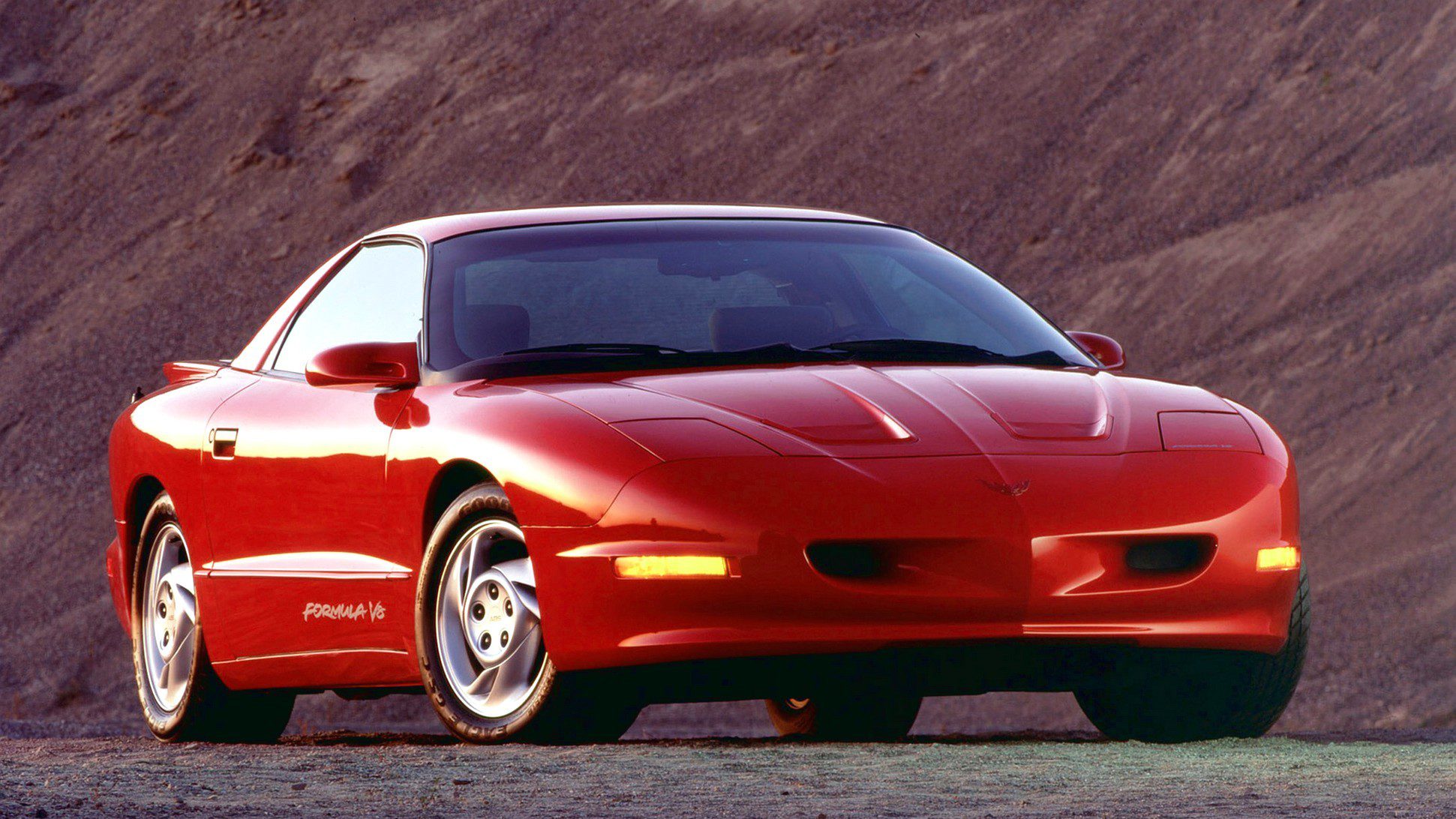
8. Pontiac: The Excitement That Faded
Ah, Pontiac, the brand that gave us “We Build Excitement” while simultaneously building some of the most aggressively mediocre cars of the 2000s. For decades, Pontiac was the cool uncle of GM’s family, the one who taught you how to do burnouts and showed up to family reunions in a Trans Am with T-tops. It truly was a performance-oriented brand, churning out iconic vehicles.
Pontiac’s golden years stretched from the 1960s through the early 1980s, unleashing legends like the GTO, America’s first true muscle car. The fire-breathing Firebird Trans Am made Knight Rider possible, becoming an instant icon of American power. The 455 Super Duty engine set new benchmarks for raw performance.
Somewhere around the late 1980s, Pontiac lost its way faster than a GPS in a tunnel. Badge-engineering Chevrolets and calling them “performance cars” became a winning strategy. This dilution of its unique identity led to a confused customer base, struggling to find what made Pontiac special in a sea of rebadged models.
The Aztek—a vehicle so aesthetically challenged it made the Edsel look like a Maserati—became the poster child for everything wrong with late-period Pontiac. GM pulled the plug in 2010, ending 84 years of what started as genuine excitement and ended with corporate embarrassment.
Car Model Information: 2025 Audi Q7 55 Premium Plus
Name: Pontiac Firebird
Caption: The second, third, and fourth generations of,the Pontiac Firebird Trans Am
Manufacturer: Pontiac (automobile)
Production: February 23, 1967 – August 30, 2002
ModelYears: 1967 – 2002
Class: Pony car,Muscle car
Platform: GM F platform
Related: Chevrolet Camaro
Layout: Front engine, rear-wheel-drive layout
Categories: 1970s cars, 1980s cars, 1990s cars, 2000s cars, All articles with dead external links
Summary: The Pontiac Firebird is an American automobile built and produced by Pontiac from the 1967 to 2002 model years. Designed as a pony car to compete with the Ford Mustang, it was introduced on February 23, 1967, five months after GM’s Chevrolet division’s platform-sharing Camaro. This also coincided with the release of the 1967 Mercury Cougar, Ford’s upscale, platform-sharing version of the Mustang.
The name “Firebird” was also previously used by GM for the General Motors Firebird series of concept cars in the 1950s.
Get more information about: Pontiac Firebird
Buying a high-performing used car >>>
Brand: Pontiac Model: Trans Am
Price: $55,675 Mileage: 20,490 mi.
Read more about: Gearhead Dreams: 15 Iconic Defunct Car Brands We Desperately Want Back on the Road

9. Saturn: The Revolution That Wasn’t
Saturn launched in 1985 with more fanfare than a space shuttle mission and promises bigger than Texas. General Motors swore this time would be different—no more badge engineering, no more dealer shenanigans. It was a bold experiment designed to attract customers who typically favored imports, offering a fresh approach to car buying.
The concept was brilliant: build a completely separate company, give it its own factory in Tennessee, implement no-haggle pricing, and focus on customer service. Early Saturn buyers were almost evangelists who organized homecoming events. The brand became known for its customer-centric approach, fostering loyalty through transparency.
The original Saturn S-Series was genuinely innovative. Dent-resistant polymer body panels meant parking lot dings became someone else’s problem. The cars were reliable, efficient, and priced right, building a reputation for solid transportation. Saturn owners loved their cars so much they formed actual communities, celebrating a truly “different kind of car company.”
Then GM did what GM does best: they screwed it up. Instead of building on Saturn’s unique identity, they turned it into another generic GM division selling rebadged Opels and Chevrolets. The Ion was forgettable; the Vue SUV looked designed by a very uninspired committee. Saturn got the axe amid GM’s restructuring efforts.
Read more about: I Miss These: 15 Iconic American Car Brands That Vanished From Our Roads
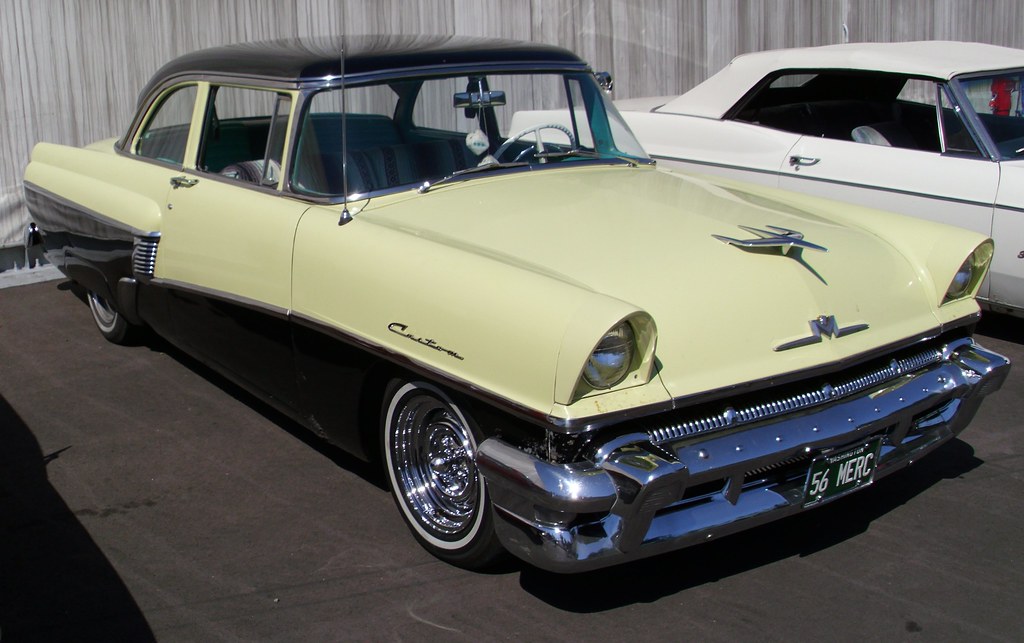
10. Mercury: Ford’s Middle Child Lost in the Shuffle
Mercury spent 72 years trying to answer a question nobody was asking: “What if we made a Ford more expensive but not as nice as a Lincoln?” Created in 1938 to fill the gap, Mercury was automotive middle management—always there, rarely exciting. It aimed at a more upscale market, bridging the gap with style and features.
In its early years, Mercury actually had some personality. The 1949 Mercury became a hot rod icon thanks to movies like “Rebel Without a Cause.” The Cougar of the late 1960s was a legitimate muscle car. The Marauder of the early 2000s also demonstrated its potential, a full-size sedan with a 302-horsepower V8.
Mercury’s problem was an identity crisis on a corporate scale. Was it luxury? Performance? Value? Ford couldn’t decide, so Mercury just sort of… existed. The Grand Marquis became the unofficial vehicle of taxi fleets, while models like the Milan were so generic they could have been rental car specials. This lack of clear direction contributed significantly to declining sales.
The final nail came when Ford realized they could sell the same cars as Fords or Lincolns without the confusion of a third brand. Mercury died in 2011, and honestly, most people didn’t notice. It was perhaps the most Mercury thing ever—disappearing quietly without much fuss, a victim of market realignment.
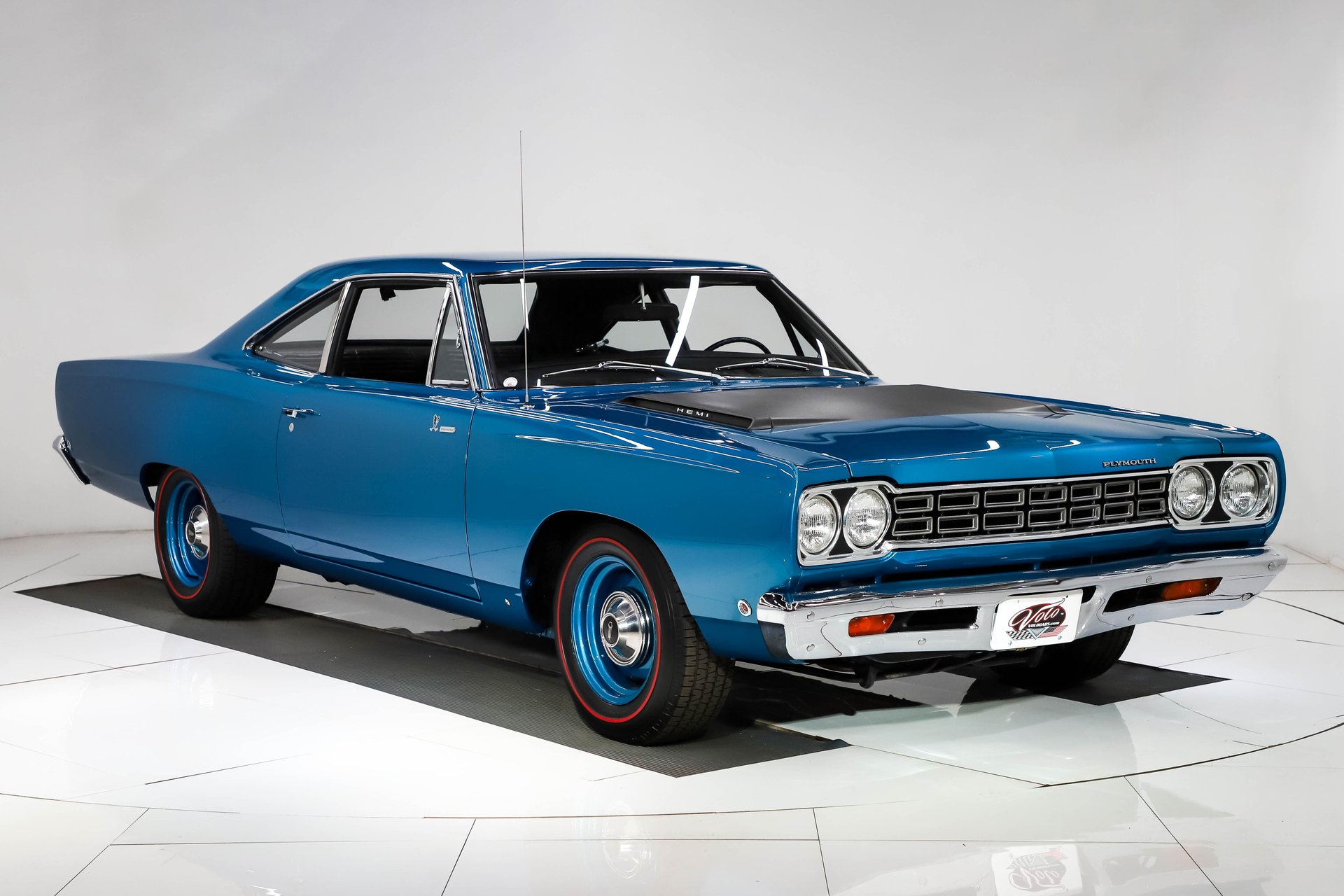
11. Plymouth: The People’s Car, Then a Forgotten Name
Plymouth was supposed to be Chrysler’s everyman brand, the automotive equivalent of a reliable friend who always showed up when you needed them. For decades, it worked. Chrysler launched Plymouth in 1928 to offer value-oriented cars packed with features typically found in pricier models, giving America affordable transportation that didn’t suck.
The brand’s muscle car credentials were impeccable, and the ‘Cuda and Road Runner were both fast and affordable. The 440 Six Pack engine gave 390 horsepower for the price of a sensible sedan. The Superbird, with its ridiculous aerodynamic nose cone and towering rear wing, proved Plymouth engineers had both talent and humor.
Plymouth’s real genius was in everyday cars that happened to be excellent. The Valiant was so reliable it made Honda nervous. It was also a pioneer in making hydraulic brakes widely available, a testament to its commitment to accessible innovation.
The problem came in the 1990s when Chrysler started treating Plymouth like a participation trophy. Instead of building on its reputation for honest value, they gave it rebadged Dodge models. Chrysler pulled the plug in 2001, ending a 73-year run that started with promise and ended with a whimper, a victim of market overlap.
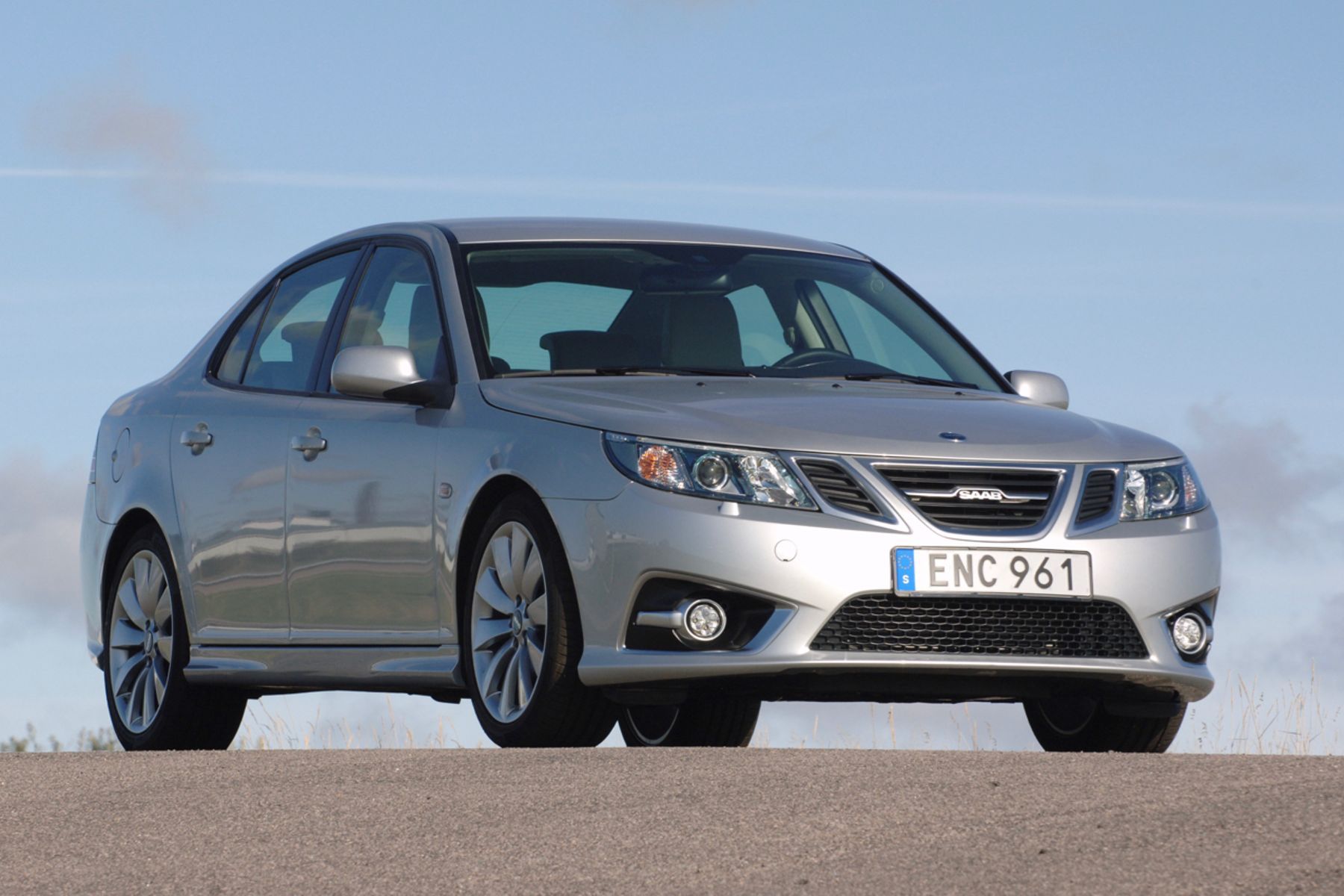
12. Saab: The Quirky, Innovative Aviator
Saab’s story reads like a Scandinavian tragedy—brilliant engineers create something unique, corporate overlords destroy everything good, company dies in bureaucratic incompetence. It’s basically Hamlet, but with turbochargers. Starting as an aircraft company, Saab brought aviation thinking to automobiles, resulting in cars that stood out for their design and engineering.
The result was cars that looked like nothing else and were engineered with obsessive attention to detail. The Saab 900 was automotive perfection disguised as Swedish weirdness, featuring turbochargers before mainstream, hatchback practicality, and safety innovations decades ahead. Its iconic design truly set it apart.
The ignition switch was on the floor between the seats because Saab engineers figured that was safest. Saab owners were a cult; they understood awkward cup holders prioritized structural integrity. They appreciated interiors like aircraft cockpits. They forgave quirks because the cars were fundamentally excellent.
Then General Motors bought Saab in 1989 and began the systematic destruction. Instead of recognizing Saab’s weirdness as strength, GM tried to make it normal. The 9-2X was a rebadged Subaru Impreza; the 9-7X a Chevrolet TrailBlazer in Swedish drag. The brand declared bankruptcy in 2011, proving corporate executives can kill anything good.

13. Hummer: The SUV That Was Too Much
Hummer was automotive excess made manifest—a civilian vehicle so aggressively military-inspired it made Jeep Wranglers look like golf carts. Born from the AM General HMMWV (“Humvee”), Hummer was what happened when a truck was designed so wide it needed its own zip code. It was a brand defined by imposing presence and extreme off-road capabilities.
The original Hummer H1 was basically a military vehicle with air conditioning and better seats. It could ford three feet of water, climb a 60-degree slope, and carry 2,000 pounds of cargo while getting fuel economy that made oil executives giddy. Buying an H1 was like buying a tank—impractical, expensive, and guaranteed to make every other vehicle on the road look like a toy.
The H2, introduced in 2002, was GM’s attempt to make Hummer slightly more civilized while maintaining its “urban assault vehicle” credentials. Built on a Chevrolet Tahoe chassis, it was still massive enough to block out the sun but civilized enough for soccer moms. The H2 prioritized intimidation over practicality.
Rising fuel prices and environmental consciousness killed Hummer faster than a head-on collision with reality. When gas hit $4 a gallon, driving a vehicle that got 10 mpg seemed less like a lifestyle choice and more like financial suicide. GM discontinued the brand in 2010, though the name has returned as an electric GMC sub-brand. Oh, Hummer, TikTok influencers would have loved you.
Read more about: Automotive Icons Unraveled: The Definitive Account of 15 Star Brands and Models That Fell From Grace
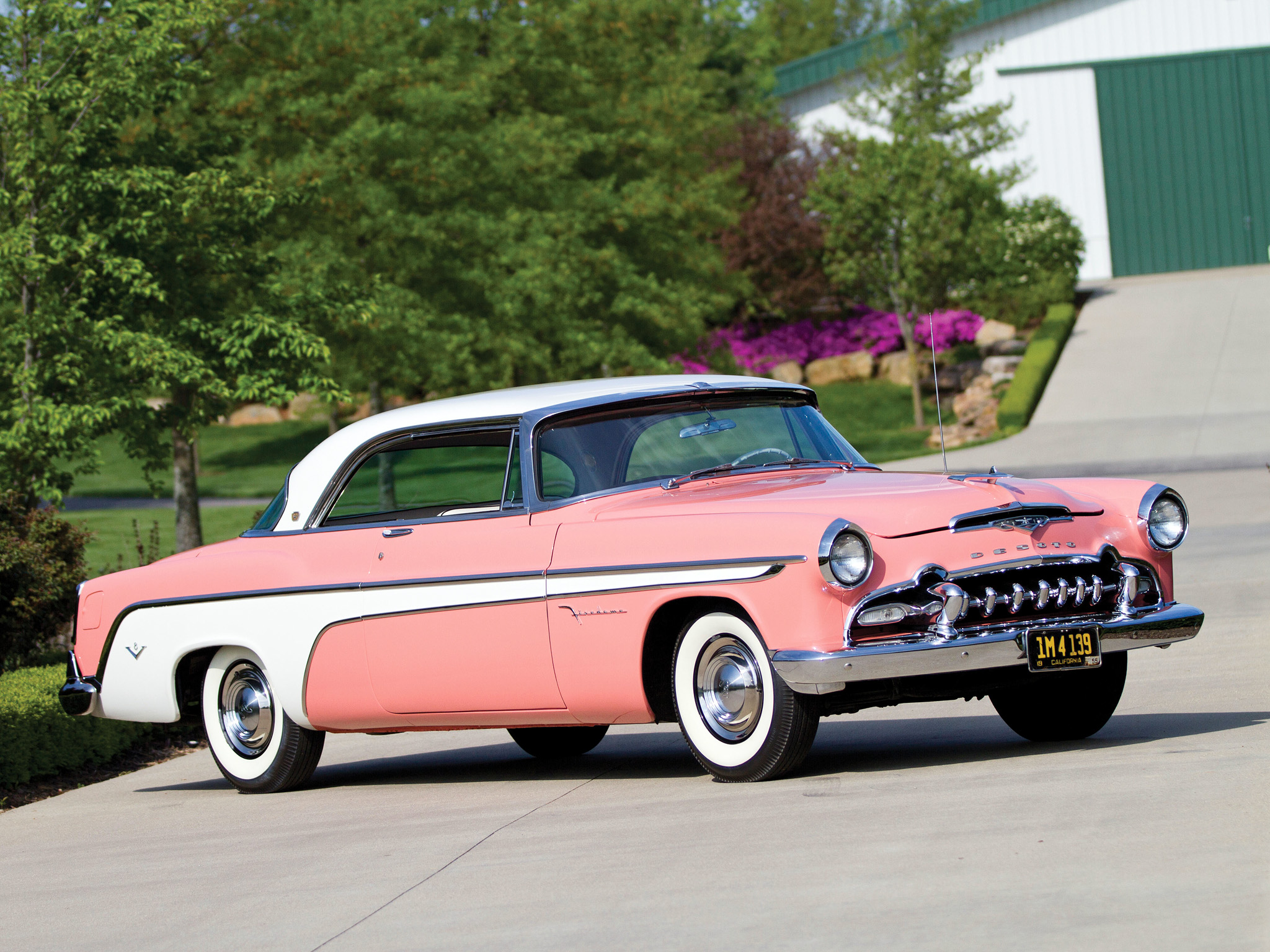
14. DeSoto: Chrysler’s Stylistic Bridge
DeSoto’s story is what happens when you have great timing followed by spectacularly bad timing. Launched by Chrysler in 1928, right before the Great Depression, DeSoto survived and thrived during the post-war boom. Then it died during the most prosperous decade in American history, requiring special corporate talent. Named after Hernando de Soto, it was positioned as Chrysler’s “bridge” brand.
The cars were genuinely attractive, well-built, and reasonably priced—everything American buyers wanted. DeSoto introduced features like the first mass-produced power steering and futuristic designs that captured the spirit of the 1950s, making it a trailblazer. Its models, like the Fireflite and Adventurer, were celebrated for distinct looks and robust performance.
The DeSoto Adventurer was a legitimate muscle car before muscle cars were a thing. The 1956 Adventurer came with a 341 cubic inch Hemi V8, enough to embarrass most sports cars. The Firedome and Fireflite models were stylish, powerful, and popular with buyers who wanted something nicer than a Dodge but couldn’t afford a Chrysler.
So what went wrong? Market consolidation, corporate indecision, and the cruel reality that American buyers didn’t need four brands doing essentially the same job. The 1961 DeSoto was almost identical to that year’s Chrysler, but cost less and carried less prestige. Chrysler pulled the plug in 1961, making DeSoto a footnote, a victim of declining sales and market overlap.
Read more about: Remember These? 14 Legendary American Car Brands That Drove Off Into The Sunset (And Why!)
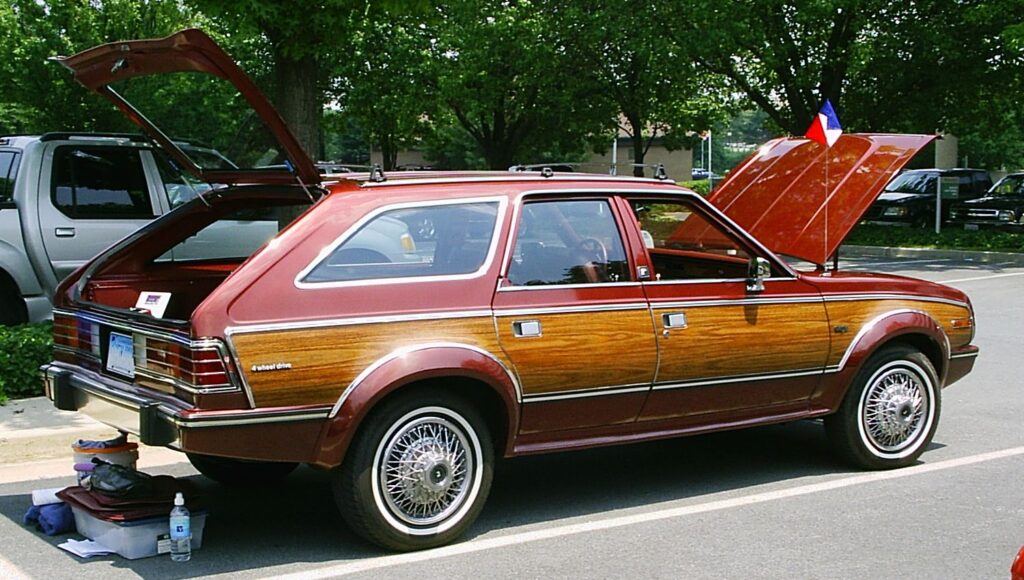
15. AMC (American Motors Corporation): The Scrappy Underdog
American Motors Corporation was the automotive equivalent of that scrappy underdog in sports movies—lots of heart, creative solutions, and a tendency to lose. Formed in 1954 from the merger of Nash and Hudson, AMC spent its existence trying to compete against the Big Three with roughly half their budget, yet consistently brought innovative vehicles to market.
AMC emerged with a reputation for thinking outside the box, as detailed by Britannica. It brought to market the compact Rambler, the rugged Jeep, and quirky models like the Gremlin and Pacer, all responding creatively to challenges like the oil crisis. These vehicles often broke from conventional designs, carving unique niches.
Despite its inventive approach, AMC couldn’t match the resources of its larger rivals and eventually faced insurmountable financial difficulties. Its successes, though notable, were not enough to overcome the massive marketing and production scale of Ford, GM, and Chrysler. It was a constant uphill battle.
Chrysler acquired AMC in 1987, primarily for its crown jewel: the Jeep brand. With the acquisition, the AMC name itself faded, though its influence on car design and its legacy of innovative compacts endure. The brand, known for its ingenuity, eventually became part of a larger corporate entity, marking the end of its independent journey.
And so, our journey through the automotive afterlife concludes, leaving us with a potent reminder: even the titans of innovation and luxury can vanish like exhaust fumes in the wind. These brands, once the pride of American engineering and design, faced everything from cutthroat competition and devastating economic downturns to baffling corporate missteps and identity crises. Their stories aren’t just about cars; they’re about the relentless march of progress, the unforgiving nature of the market, and the often-hilarious, sometimes heartbreaking, reasons why even the coolest rides eventually hit the end of the road. While their names may no longer grace new car dealerships, their legacies — of daring designs, groundbreaking tech, and lessons learned — continue to drive the industry forward, proving that even in disappearance, there’s a powerful story to tell.


